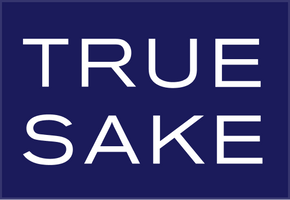“Ask Beau” – “Did you once describe yourself as ‘Umami-challenged’?”
Absolutely! I never fake anything, and I readily admitted to my wine and sake drinker friends that I never had a good grasp of this nebulous flavor. For the first ten years of my personal sake explorations I looked deeply for umami to speak to me. It never really did. I was given examples of sakes with, “lots of umami,” and I still couldn’t detect it confidently, and I wasn’t going to fake it. In many of my early reviews I deliberately never used the word umami. I just didn’t do it. But I would say things like “apparently the owner of the brewery says that this sake has loads of umami” or “they write umami on their description” or “they include an umami sticker on the bottle.”
Slowly but surely I started catching hints of umami when I started cooking more Japanese foods including dashi and other soup stocks. I started to get better feeling about the savory qualities in foods with lots of umami. Bonito flakes, soy sauce, seaweed (konbu) all spoke to me. Then I started grasping the whole MSG thing and I’m not talking Madison Square Garden. And after reading more in-depth studies that looked at Amino Acids and their relationship with yeasts in the specific production of sake I started to get a pretty good picture of what I was tasting. I used to think that overly ripe avocados had umami, but then realized that I needed a more savory component like dashi and bonito flakes, or aged cheese when tasting umami in sakes.

Am I an umami pro now? No way! But I do feel confident when I drink Yamahai and Kimoto sakes that I am detecting umami-like qualities! As I mentioned in the Riedel Junmai glass piece this category of sakes is where umami flourishes. It doesn’t show in the Daiginjo and Ginjo categories as much, and as my friend Wolfgang Angyal stated there is no Umami in wine. It has been fun getting to know Umami, and I look forward to years of future exploration!
